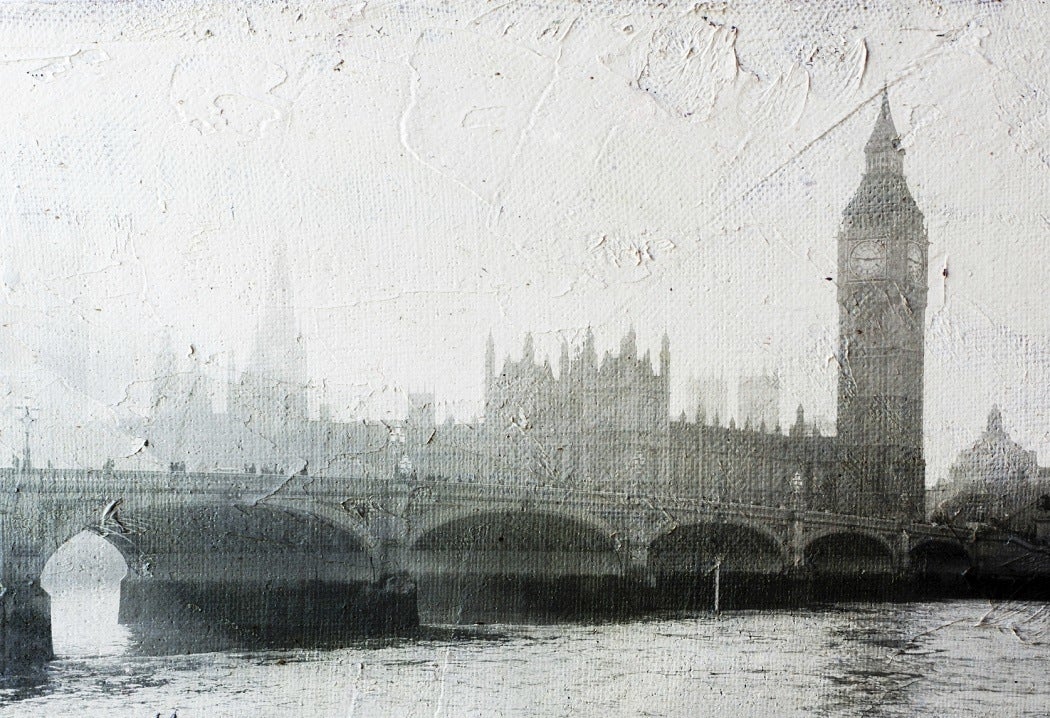London’s famous fogs have become a clichéd way of setting a Victorian scene: a “pea-souper” so thick that Sherlock Holmes himself might lose his bloodhound and vice-versa. In 1853, Charles Dickens’s Bleak House opened with a description of London in “implacable November weather” with the “smoke lowering down from chimney-pots, making a soft black drizzle, with flakes in it as big as full-grown snowflakes—gone into mourning, one might imagine, for the death of the sun.”
But London’s real killer fog actually came nearly a century after Bleak House, during the Great Smog of 1952. An anticyclonic inversion trapped the smoke of innumerable coal fires, source of most people’s heat, diesel exhaust, and other industrial effluvia over the city for five deadly days in December. Soon after, officials reported the loss of several thousand lives to the air-pollution. More recently, Michelle L. Bell and Devra Lee Davis reviewed the records and revised the fatality count upwards, to some 12,000 deaths
The authors give a brief history of killer smogs, a distinctly 20th Century phenomenon. Liege, Belgium, had one of the earliest, in 1930, in which more than 60 people died. The first “extreme air pollution episode” in the U.S. was in Donora, Pennsylvania, in 1948, when another anticyclonic inversion settled over the local valley and bottled in the smoke of “metal works, coal-fired home and industrial facilities, coke ovens, a zinc retort refinery, and iron and steel industries.” The death rate there was 6 times the norm, surpassing local funeral homes’ stores of coffins.
But London’s disaster was exponentially larger, giving sinister meaning to the city’s traditional nickname of “Old Smoke.” One factor was the UK’s economic situation: wrecked by WWII, the country was exporting its hard coal to help pay off its war debt to the U.S., leaving only dirtier soft coal for domestic consumption. Another was that electric streetcars had recently been replaced by diesel-powered buses; surface transportation actually ground to a halt during the Great Smog, although the Underground continued to run.
As is so often the case, a worst-case scenario like this helped lead to efforts to fight air pollution in the UK and around the world. Bell and Davis call the Great Smog the “catalyst for the study of air pollution epidemiology.”







